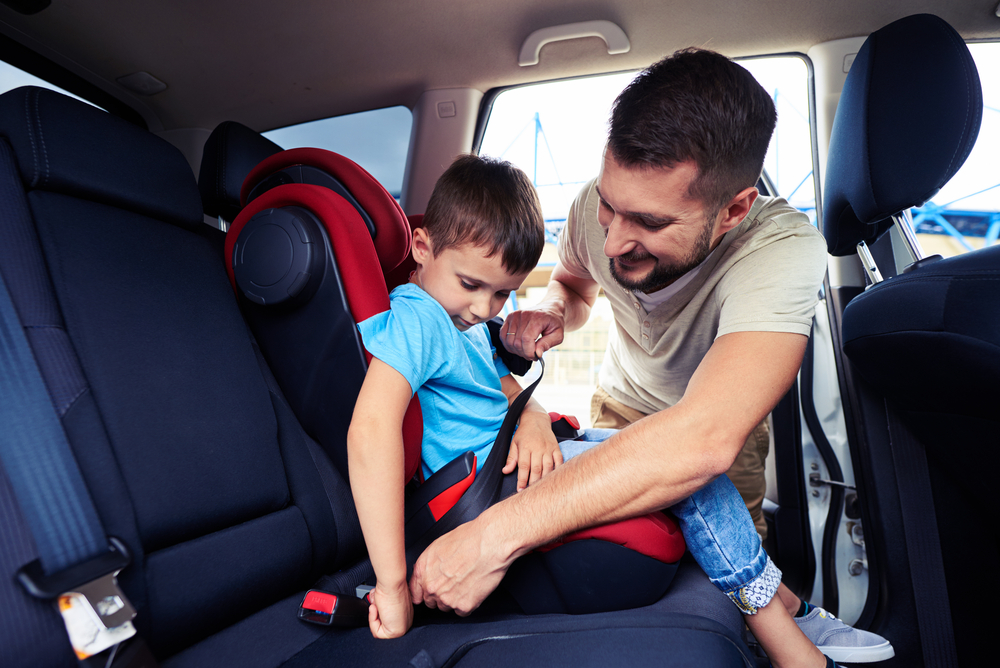Car crashes are among the leading causes of death for young children. One of the best way to keep your child safe is to make sure you match your child to the appropriate car seat. That can be more complicated than it looks, so it is best to take your time, do your research, and be sure to get it right.
Factors to Consider
There are three main factors to consider when picking out a carseat: height, weight and age. The child’s size is the most important, and it is important to pay attention to both their weight and their height to make sure you can get the right fit. Their age is also important. Paying attention to the quality of the seat itself is just as important as matching it to the child, so make sure that you pick out a seat that has all of the certifications that prove it meets the relevant safety standards.
Rear-Facing Seats
Rear-facing models are appropriate for the smallest and youngest children. Most children will need these until they turn at least two years old, and some can stay in them until they turn four. That is a fairly wide range, but it is easy to figure out when to transition to the next type. All of these seats should come with a maximum weight, and you only need to move on to the next seat when the child outgrows it.
These seats are best for small children because they offer a huge amount of protection for the head and spine. Small children generally lack the strength to absorb a blow to their head and their spine isn’t strong enough to support them during an impact, so they need the extra protection.
Forward-Facing Seats
The next stage is the forward-facing seat. This model is appropriate for children who have outgrown the rear-facing models, and they will keep using it for a couple of years. As with the previous model, they should keep using it until they hit the weight limit. That can vary a lot depending on the model, but is normally between forty and sixty pounds.
These seats should include a harness to make sure that the child stays in place and to distribute force during a crash. Some of those harnesses can be complicated, so be sure to read the instruction manual that goes with the seat.
Booster Seats
This is the last special seat that the average child will need in the car. It is appropriate to start using it as soon as the child outgrows their forward-facing seat, and they should keep using it until they pass the five-step test. A child is ready to get rid of the booster seat when they can do all of these things:
- Sit with their feet on the floor and their lower back positioned against the seat
- Bend his or her knees naturally at the seat’s edge
- Sit with the shoulder belt crossing the middle of his or her chest
- Sit with the lap belt in the proper position along the thigh
- Remain in the right position for an entire trip without squirming out of place
It is important to remember that boosters need to go on the back seats. Airbags are dangerous for children, so putting the booster in the front is asking for problems. Many children will struggle to get the belt in the right position on their own, so it is also important to check that everything is in the right position before starting the car.
Check for Snugness
It is vital to make sure that the child is properly secured in the seat, regardless of the type of seat that is in use. That safety check is fairly easy as long as you use the pinch test. Simply try to pinch the belt between your fingers over the child’s shoulder. The fingers should slide right off. If it is possible to pinch the belt, it needs to be tightened.

